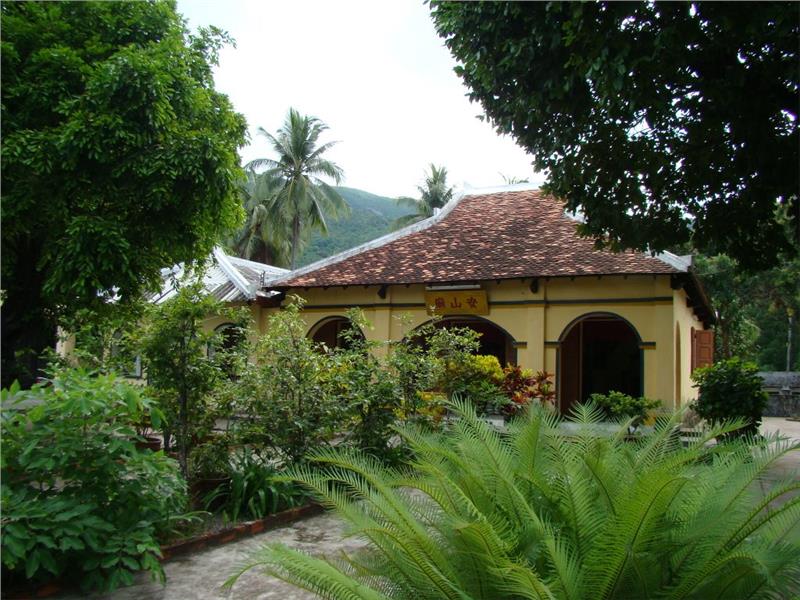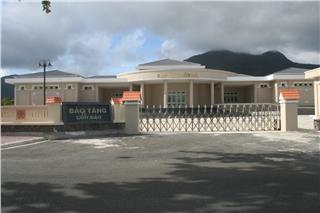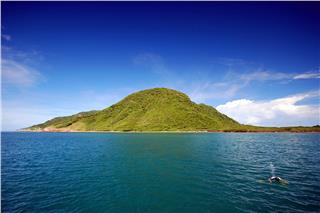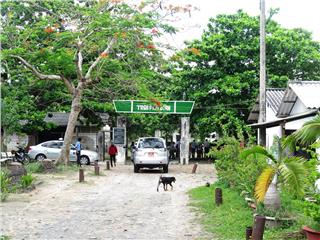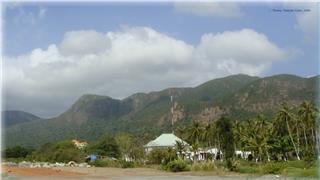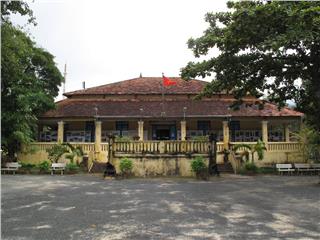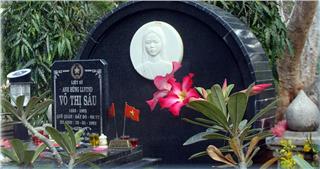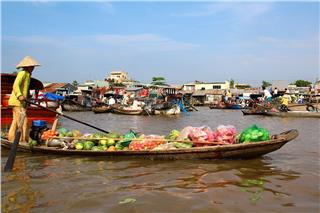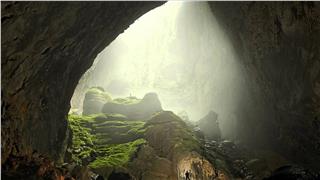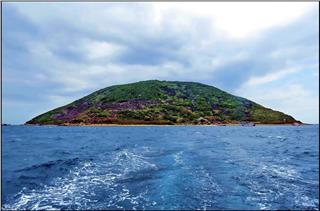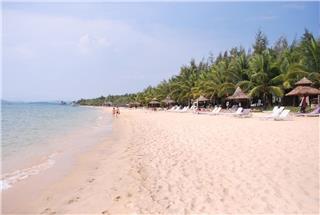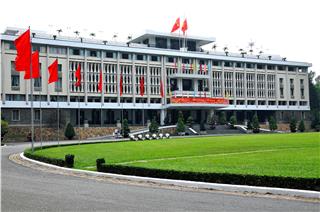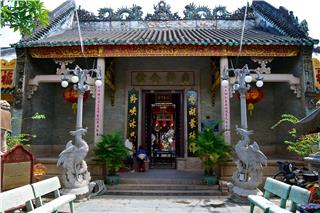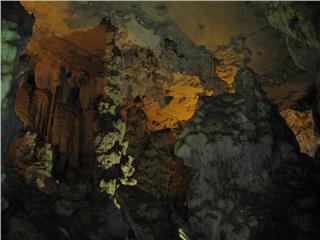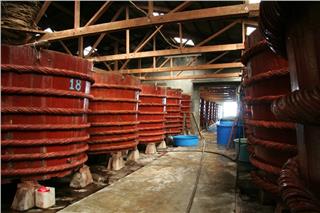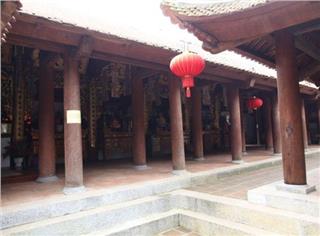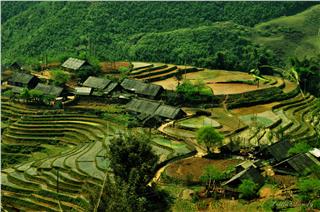Not only admiring the architecture and wonderful scenery of Lady Phi Yen Temple, tourists have a chance to hear unique stories about the virtuous woman. Visiting the temple is worth unforgettable experiences for tourists once setting foot on Con Dao.
Lady Phi Yen Temple, also known as An Son Temple, was built for the first time in 1785. It is home to worship Lady Phi Yen, concubines of Lord Nguyen Anh. In Con Dao, the locals worship two women as the sacred feminine saints, namely Lady Phi Yen and Ms. Vo Thi Sau, a national heroine martyr. This temple is extremely sacred to the people on the island and associated with a tragic story of the talent woman rich in patriotism. Lady Phi Yen Temple is one of the must-see tourist attractions in Con Dao strongly alluring both domestic and international tourists.
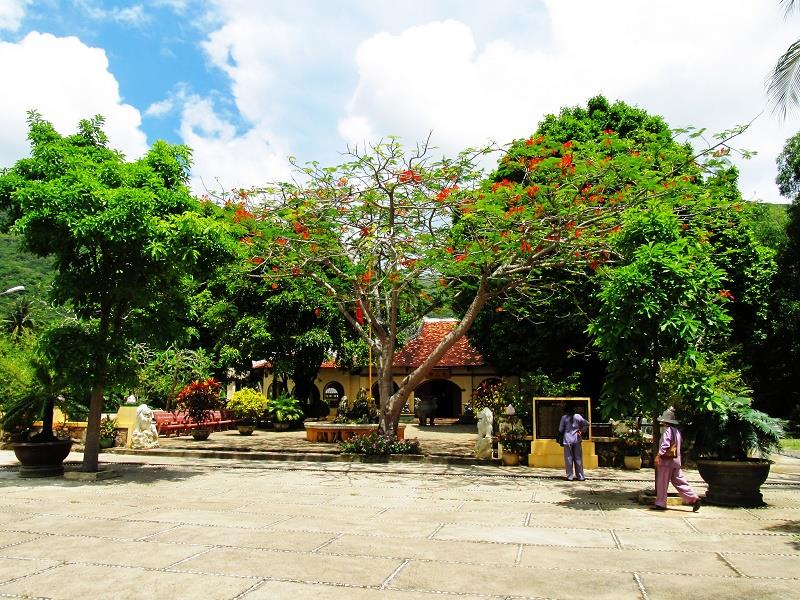
Located in An Hai village - Con Dao, Lady Phi Yen Temple owns a beautiful location closely the foothills of the Cross Mountain. Unlike other Con Dao temples, the temple leans against the mountainside. In the front of Lady Phi Yen Temple is the path leading to 2 lotus ponds with its mirror-like water. A bit farther is the bow-shaped curving coast with beautiful sandy shores, which is an appealing Con Dao attraction. The most prominent place in the temple is the statue of Lady Phi Yen. The statue is sculpted in the form of a Guanyin with her sad face as well as her noble and saintly charisma. Exploring An Son Temple is one of fascinating things to do in Con Dao.
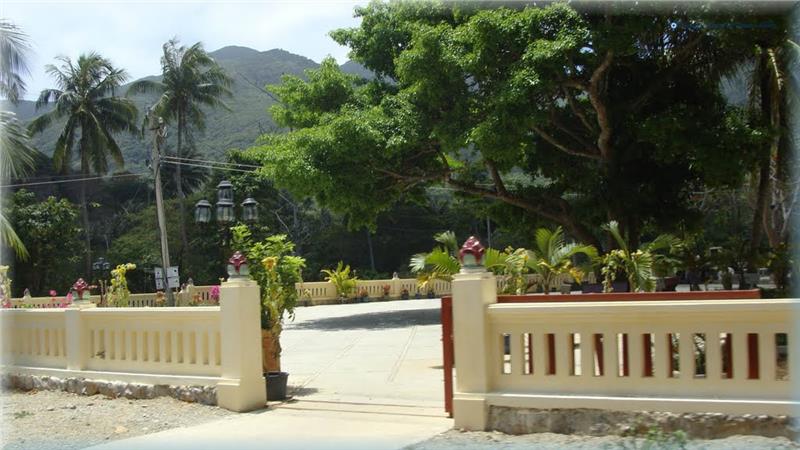
The temple was established from a hundred years ago, shortly after her death. Through many ups and downs and events, the works have been restored, repaired several times but still retains its position and original look. Lady Phi Yen Temple owns the larger scale than any other temples in Con Dao. In terms of architecture, the construction brings the appearance of a temple and a pagoda. This is partly explained that the position of Lady Phi Yen in the spiritual life of the people in Con Dao is both a village deity and Bodhisattva Avalokitesvara. The most prominent place in the temple is the statue of Lady Phi Yen. The statue is sculpted in the form of a Guanyin with her sad face and her noble and saintly charisma. The temple is one of the spiritual tourist Con Dao attractions alluring tourists.
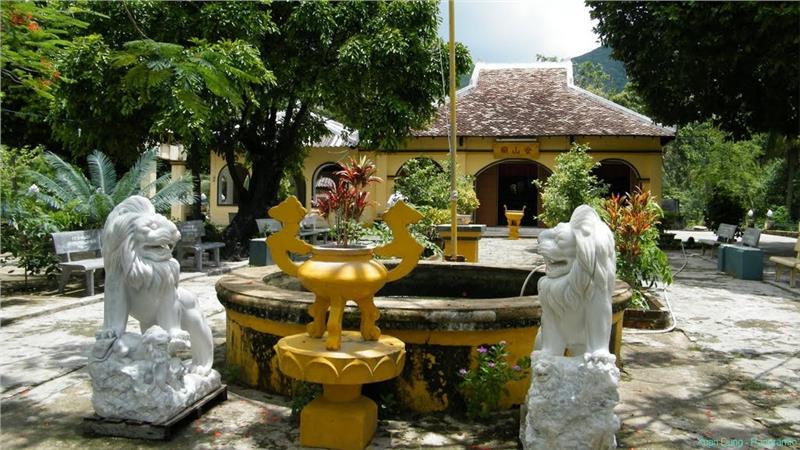
Tourists traveling to Con Dao should once visit Lady Phi Yen Temple thanks to its extremely sacred place. It is said that Lady Phi Yen and Prince Hoi An (Prince Cai) often told the villagers good omen and evil omen going to happen. According to the legend, in 1783 Lord Nguyen Anh was under attrack by Tay Son troops. He ran to Con Dao and created 3 villages, namely An Hai, An Hoi and Co Ong. As the result of defeating Tay Son Rebels, Nguyen Anh considered to appeal the French. Yet Lady Phi Yen said that the act was be able to extremely dangerous in the future. Because of this advice, she was convicted of colluding with the Tay Son army and sentenced to death. However, due to Prince Hoi An was too young, Lady Phi Yen was imprisoned in a cave on a small Con Lon Island. Then Tay Son troop attacked to the island, Lord Nguyen had to flee to Phu Quoc Island. On the way to escape, Prince Hoi An had been thrown overboard for crying for his mother. The prince was dead, washed ashore and was established a temple by the locals in Co Ong village.
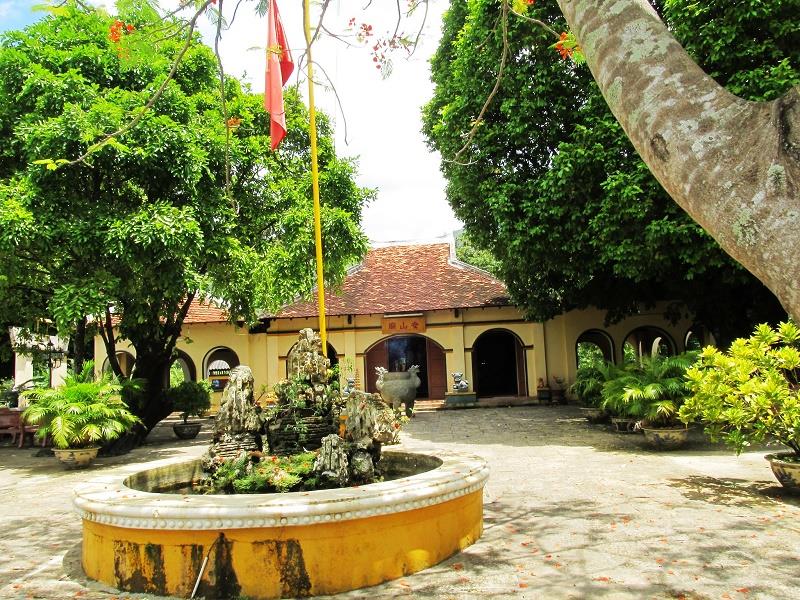
Lady Phi Yen then was free from the cave by the villagers and built a house right on the tomb of Prince Hoi An to care for her ill-fated son. Although breaking ties with Lord Nguyen, she kept her clean integrity. Once encountering bad manners having bad intentions, she cut her arm herself because that arm had not been clean yet. Yet still had had the feelings of humiliation, she hanged herself to keep her own honor. Villagers established her shrine - a Vietnamese virtuous woman. It could be said that Lady Phi Yen Temple was one of the few folk cultural heritage sites in Con Dao and one of two women revered as sacred female saints.
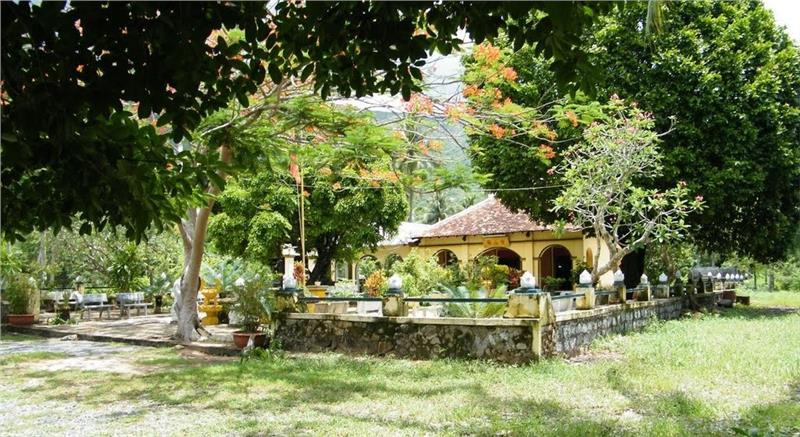
Lady Phi Yen Temple is one of spiritual tourist sites in Con Dao travel. Not only contemplating the architecture and wonderful scenery of the temple, tourists have an opportunity to ascertain about unique stories about the virtuous woman. As one of the important folk beliefs in Con Dao, Lady Phi Yen Temple also significantly contributes to bring Con Dao tourism closer to domestic and international tourists.
